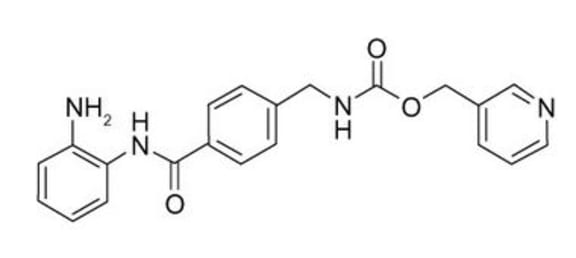By Ruth Beran
A protein that holds cells together could be the key to curing cancer.
The protein is known as epithelial cadherin, or E-cadherin, and it’s the focus of Prof Parry Guilford’s research at the Centre for Translational Cancer Research at the University of Otago.
Parry and his team are looking specifically at lobular breast cancer, which accounts for about 15% of all breast cancer cases. It is far more invasive than the more common ductal type of breast cancer.

From left to right: Parry Guilford, Bryony Telford, Augustine Chen, Henry Beetham, and Andrew Single Photo: RNZ / Ruth Beran
A lack of E-cadherin could explain why lobular breast cancer cells divide and then start to migrate in an aggressive manner “because they don’t have quite the same degree of adhesion to neighbouring cells,” says Parry.
While mutations in the E-cadherin gene help tumours become more invasive, all mutations have a cost. In a process called “synthetic lethality”, Parry and his team are trying to find the vulnerabilities caused when certain genes are mutated in cancer cells. “We’re looking at cells which have mutations in the E-cadherin gene and comparing them to cells which don’t have mutations in that gene,” says Parry.
“Even a cancer cell incurs some kind of negative effect from these mutations, so we’ve done these very big genome wide screens to try and find out what weaknesses cells with E-cadherin mutations have in them.”
Any weaknesses they discover can be targeted with existing drugs or new compounds. This avenue is being combined with an overlapping genetic approach. The team is using two cell lines, one that expresses E-cadherin and one that doesn’t. Every single gene in the genome of both cell lines has been “knocked down” (ie the expression of the gene is reduced) to see which causes more cell death. “Those which cause more death when knocked down in the E-cadherin negative line, they are potential drug candidates for further development,” says Parry. Then the team will take those candidates and overlap them with the drugs discovered “to get really strong confidence about what compounds to take forward into animal studies and into human clinical trials.”

Entinostat is one of the drugs being tested by Parry Guilford and his team Photo: CC
PhD student Bryony Telford has been working on the project and has conducted a genome wide screen in Melbourne. She has found a couple of candidates that appear promising. “Whether or not they turn into clinically relevant candidates I’m not sure yet,” she says. “There’s still lots of work to be done.”
Andrew Single is another PhD student in the lab and he has been looking at a class of drugs known as histone deacetylase inhibitors or HDACIs. “[HDAC inhibitors] play quite a wide role in the cell, and induce what’s known as acetylation. That can cause a higher expression of genes in the cell, as well as targeting functions of other proteins as well,” he says.
After selecting some favourable drugs from the screen performed by Bryony, he’s been testing them in the cells lines and has shown that the HDAC inhibitors are killing off the E-cadherin deficient cell line. “Now we’re trying to combine them with other known drugs to see if we can enhance this effect and produce more death in the mutagenic cells,” says Andrew.
Another PhD student, Henry Beetham, conducted a high throughput screen of 114,000 medicinal compounds and found 80 or 90 compounds with promise. These compounds are just building blocks though, and require a lot of medicinal chemistry work before they can be used as drugs.
From here, the team will likely use a mouse model to test various drugs in the lab. For drugs which already have safety (Phase I clinical) trials conducted, human studies on patients with lobular breast cancer can happen quite quickly. The newer compounds will take more time.
While Parry’s research is focusing on lobular breast cancer, the results can translate into any cancer that has an E-cadherin mutation. The most obvious examples of this are a sub-type of stomach cancers, known as diffuse gastric cancers. These cancers account for about 400,000 new cases a year worldwide.
“Although we have suspicions that many other epithelial tumours -- so breast, and prostate, and colorectal -- which all tend to undergo some degree of e-cadherin down regulation during their development may also benefit from this research,” says Parry.
The research is funded by the Health Research Council, Breast Cancer Cure and NZ Breast Cancer Foundation.

